Experience the Unique Ta Van Village in Northwest Vietnam
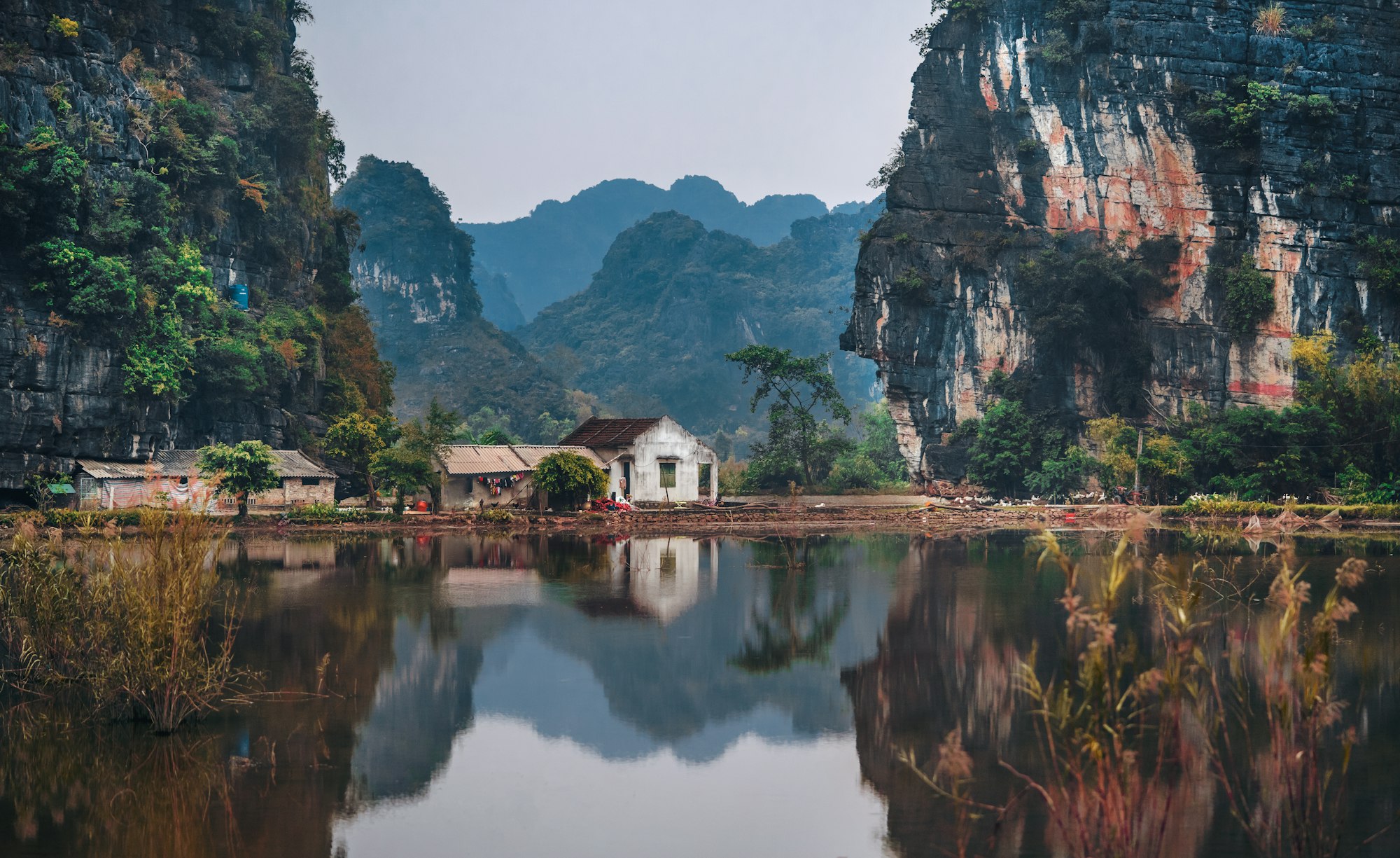
Nestled in the Hoang Lien Son Mountains of Northwest Vietnam, Ta Van village is home to the Giay people, one of Sapa's ethnic minorities.
As one of the bigger tribal communities in Lao Cai Province, it's also one of the most popular overnight stops on the Sapa trekking route.
If you are looking for things to do and places to stay outside of Sapa town, use this handy guide and our top tips to plan an enjoyable, peaceful and unique stay in Ta Van village.
Bookings: Some of the links in this article are affiliate links. This means that if you choose to make a booking, we will receive a small commission at no extra cost to you. Thank You!
Things to Do in Ta Van Village
Situated within the lush rice fields of the Muong Hoa Valley, Ta Van village offers a glimpse into the rural day-to-day life of the local tribal people. The pace is slow here, the food is delicious, the locals are curious and friendly, and homestay options are plentiful.
Have a Sapa Trekking Experience
Located close to Sapa town and surrounded by beautiful scenery, Ta Van village makes it the perfect trekking destination.
Depending on the length of your tour, you'll pass Y Linh Ho and other ethnic villages, Fansipan Mountain and Lao Chai before settling in Ta Van village for the night.
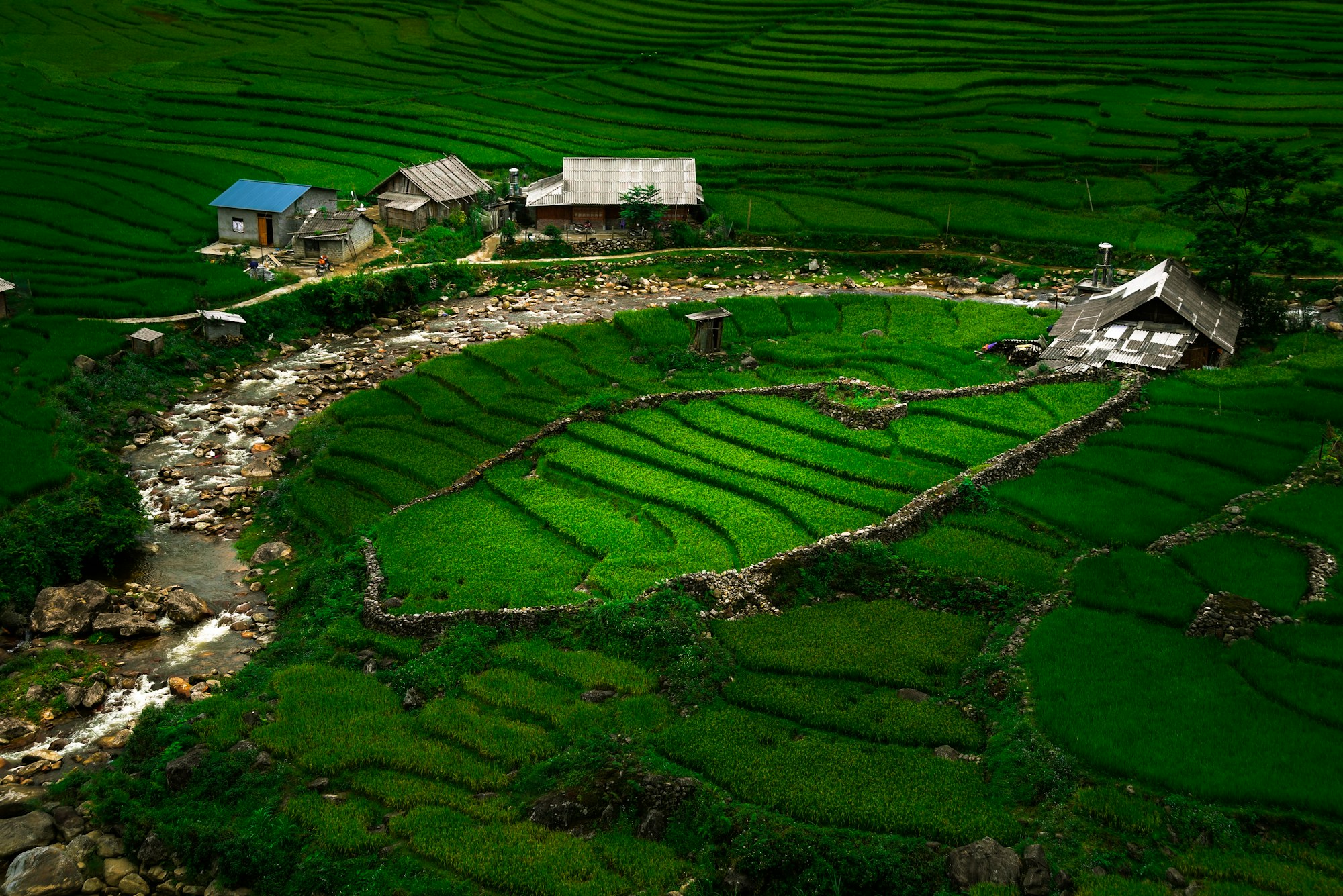
The best thing about the Sapa trekking experience is that you get to tour around the stepped rice paddies and beautiful surroundings with an English-speaking local guide. They know the area inside out and will tell you anything you want to know about Sapa.
Trek the Rice Fields by Yourself
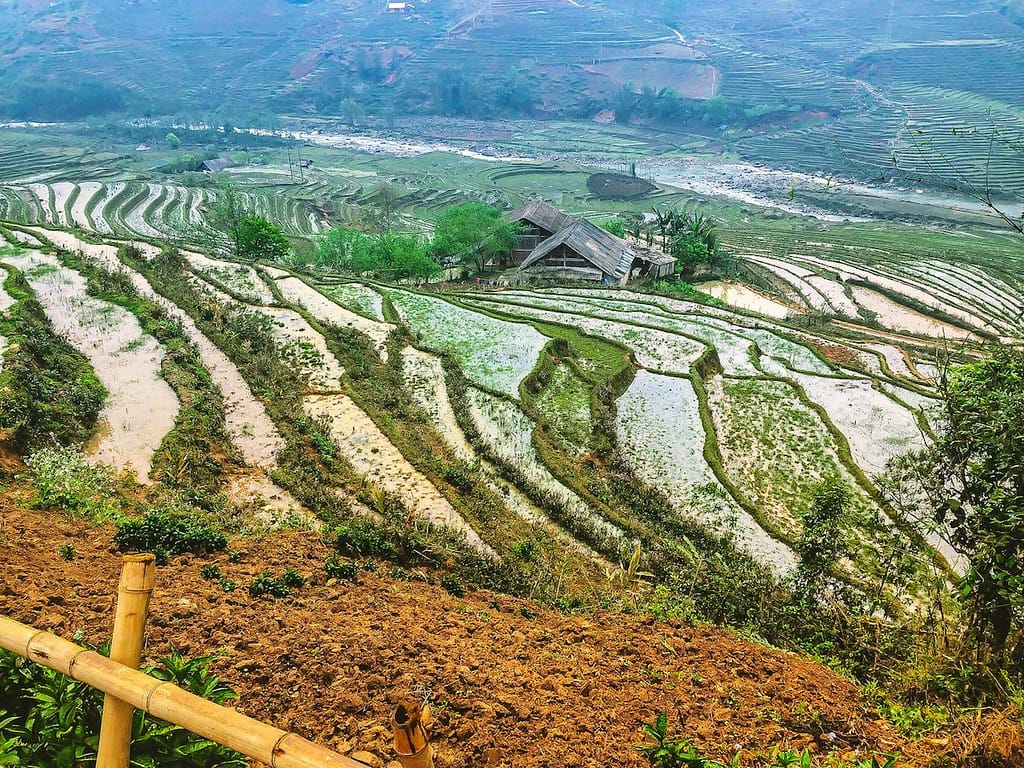
You can, however, organise a trek without a guide. There are a couple of routes you can take through the woods and rice fields. Most of them are straightforward loops around Ta Van village but the paths can get rather muddy and slippery during the wet season.
Starting from our homestay, it took us a couple of hours to complete the loop we mapped out around Ta Van village. Before you go, pack some snacks and plenty of water. There aren't any shops along the way until you cross the suspension bridge back into the village.
Also, wear good walking boots, grab a pair of bamboo sticks to help you trek through the sloping bits of the hike and pack a waterproof jacket. The mist and rain, especially during the wet season, will be your constant companions alongside the curious locals.
The trek we did was refreshing, and the views were breathtaking, the sun even came out towards the end. But after getting lost a couple of times in the forest, we both agreed we would have benefited from someone who could have taken us deeper into the beautiful Muong Ha valley and told us stories about the Sapa region.
Attend Local Festivals in Ta Van Village
If you love local festivals, Ta Van village hosts several of them throughout the year. Celebrated in June by the Dao, the H'mong and the Giay minorities, the Nao Cong Festival gatherers worship gods for rain, health and good harvest.
The Tet Nhay (January/February), a dance festival celebrates the New Year, while the Long Tong Festival (January) brings good weather and prosperous life. During the Nhan Song Festival (January), the locals worship gods to protect their forests.
Singing and dancing rituals and various games take place during the festivals to which visitors are also invited.
The only festival that you should probably stay away from is the Quet Lang Festival celebrated in February. According to the locals, no visitors are allowed to enter the village for three days after the festivities to prevent bad luck.
Meet the Fascinating Locals
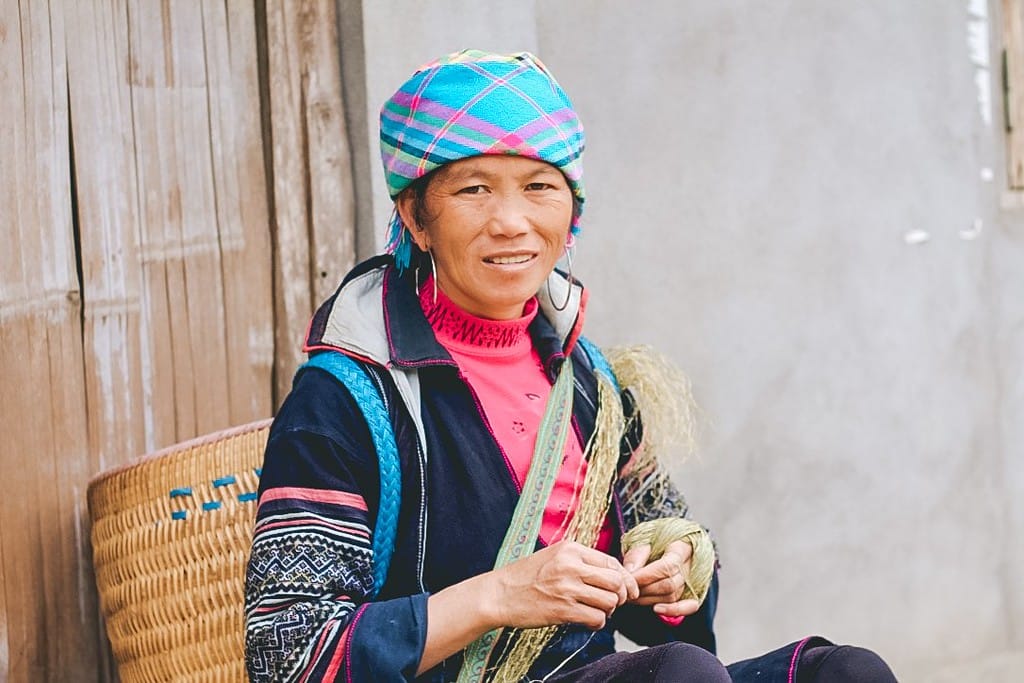
Aside from breathtaking surroundings, the second biggest draw in Ta Van village is the ethnic tribespeople. Dressed in fascinating outfits embroidered with bright colours and with woven baskets full of goodies on their backs, the tribal women roam the streets selling their crafts to the visitors.
Indeed, they will not take 'no' for an answer and tag along in the hope that you'll buy something from them. And you can't just buy from one; the others will want you to buy from them too.
But at the same time, while following you around, they'll gladly chat with you in English about their day-to-day life and give you a fun tour around the village. The ladies are very friendly so be nice.
Enjoy Delicious Vietnamese Food
As soon as you cross the suspension bridge into Ta Van village, you'll find several restaurants and homestays serving delicious local food and Vietnamese coffee. Luckydaisy Bamboo Bar is one of them.

Although their warming Belgian hot chocolate is a tad overpriced, we had a delicious Vietnamese dinner during our two-night stay here. They also serve waffles for breakfast and lunch if you are in need of comfort food.
For more good food options, try Friendly Restaurant, Muong Hoa Homestay & Restaurant, Chopai Restaurant, Tavan View Homestay or Ban Lang Quan.
Stay with the Tribal Families
Staying with the local families will be one of the most unique experiences in Ta Van Village. The tribal communities in the village are friendly and accommodating and they cook up some delicious food!
We stayed at the Luckydaisy Homestay for 892,000 VND ($40) per night with breakfast and dinner included in the room rate. Although the room was tiny, it was cleaned every day. We also enjoyed our electric blanket which kept us warm during the cold March nights in Ta Van.
What we enjoyed the most about this homestay was the location and delicious dinners cooked by the family. The fireplace in the bar and restaurant area was a bonus. Here, while warming up after our trek, we met a lovely Dutch couple who we ended up travelling with to Cat Ba island.
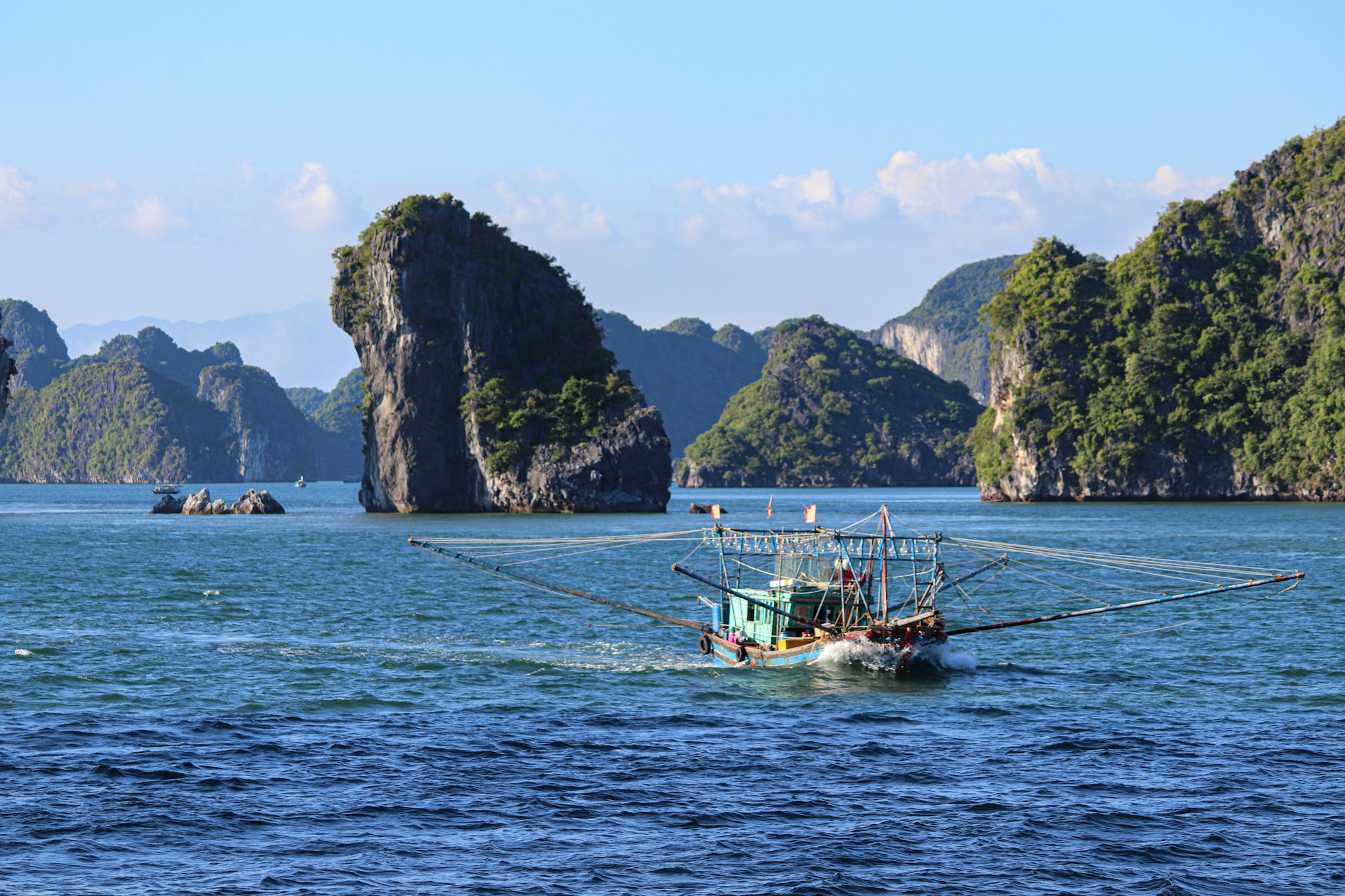
The staff here were helpful, kind and friendly and we also enjoyed chatting with the local tribal people we met in the village. The homestay has several separate modern houses that you can rent if travelling with friends or family, so be sure to check them out.
Ta Van Village Travel Tips
How to Get Ta Van Village in Sapa
First, you’ll need to get to Sapa town. The easiest way to get to Sapa is to take the sleeper train from Hanoi to Lao Chai station near the Chinese border. From here you can catch a local bus to Sapa which takes under an hour. For more in-depth information about the train journey, check our Hanoi to Sapa post.

Top Tip: To find the best prices for all train or bus travel in Vietnam, we would recommend using the locally-based travel website 12Go.Asia. We used this site to book most of our journeys in Vietnam. Best of all, you can show any ticket on your smartphone when boarding your train. That saves any running around to find a place to print your vouchers! Pick your travel date for a full page of travel options in Vietnam and beyond!
Sapa to Ta Van Village
Located 10 km away from Sapa town, you can easily reach Ta Van Village by catching a taxi. You'll find them lined up outside the stone cathedral in central Sapa. The taxi fare is around 200,000 VND ($9) which is pretty much set, so there's no point in negotiating it.
Before getting into a taxi, it's a good idea to pin your homestay on the google maps so you can track where you're going and help the driver locate your accommodation.
If you are adventurous and not carrying excess baggage, you can save some pennies and take a hike to the village. The road is pretty straight forward, and the views of the rice fields on the way to Ta Van village are truly spectacular on a clear day.
Where to Stay in Ta Van Village
For a unique experience, you should choose a homestay with the local families who may also include home-cooked meals in the room rate. But it’s best to book these places well in advance. Give Booking.com a good browse and check reviews on Tripadvisor.
What to Expect from a Homestay in Ta Van Village
Depending on your budget, expect basic accommodation with just a mattress on the floor in a shared room. For a couple of dollars more you'll get a private room with an electric blanket and delicious breakfast and dinner included in the room rate.
Best Time to Travel to Ta Van Village
You can travel to Ta Van village throughout the year, but the best time to visit Sapa is September to December to avoid the wet season. For the best trekking conditions, plan your trip between March and May.


